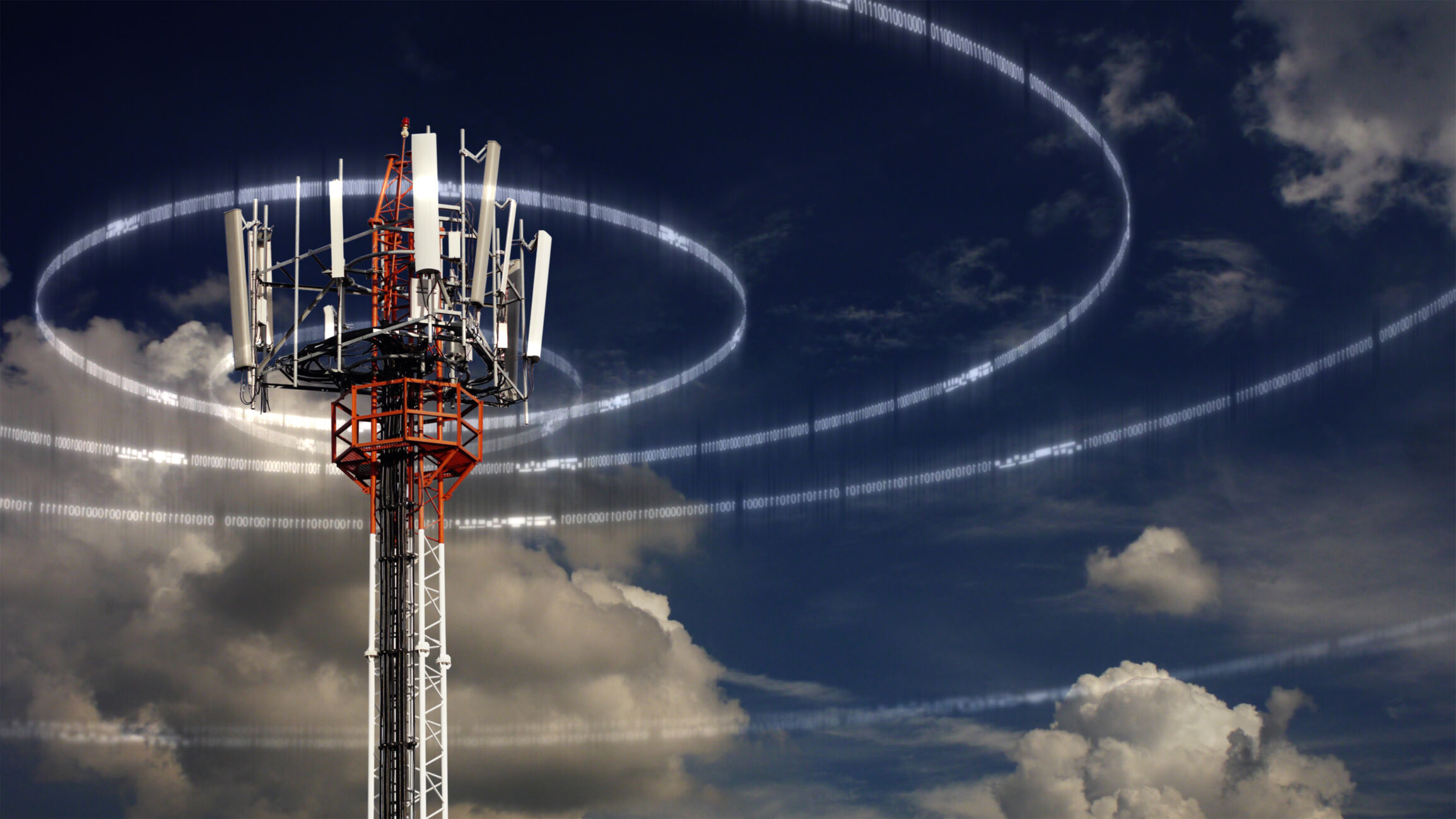
Q: What’s the difference in the 5G being offered by the various cellular companies?
A: 5G is certainly going to be one of the biggest stories of 2020 as each of the major wireless carriers continues their network rollout.
There have been lots of announcements at this year’s CES for new 5G smartphones, as well as laptops, tablets and even cars that will be able to take advantage of the improved connection speeds.
Signal frequencies
Each of the wireless carriers will be offering a different combination of technologies that has to balance performance with coverage.
As a point of reference, 4G networks operate in frequencies below 6 GHz, while 5G networks can operate in much higher frequencies up to 86 GHz or more in the future.
The higher the frequency, the faster the potential speed, but those higher frequencies are also more susceptible to problems with physical structures or even weather conditions, such as hard rain or heavy humidity.
Unlike 4G, higher frequency 5G signals are going to be challenged by buildings and other common structures that will require many more ‘beamforming’ antennas to be placed near or inside of buildings.
Lower frequency signals are better at penetrating structures — such as the bass from cars next to you or an apartment above you — but data speeds are slower.
The three frequency bands
When you hear 5G service is available in your area, the first thing you need to figure out is which frequency band the network is primarily built on.
The fastest speeds will come from high-band mmWave frequencies, which will be up to 10 times the speed of LTE, but they will require you to be very near the transmitters to get that level of performance (in some tests, within 80 feet of a transmitter).
This is what you’ll likely see being installed in open, high-density spaces, such as airports, malls and stadiums.
At present, Verizon and AT&T have the most ambitious plans for mmWave networks, while T-Mobile is incorporating it sparingly.
Mid-band or Sub 6 GHz networks will try to offer the best of both worlds; faster speeds and larger coverage areas. 5 to 6 times the speed of LTE with a couple mile radius service area.
Mid-band networks will be operating in a much more congested frequency spectrum, which can affect the consistency of speeds and latency. Sprint is the only carrier focused in building out a mid-band primary network.
Low-band 5G provides the best coverage — potentially hundreds of square miles per tower — but the lowest speeds. Many view the speeds of up to 20% faster more of an enhanced 4G LTE than a true 5G. T-Mobile has chosen to use low-band in its rollout because it will provide to the most coverage — especially in rural areas — to the most people, the fastest.
All of the carriers are likely going to end up with multi-frequency networks when it’s all said and done. Lower density rural locations will benefit from the wider coverage of lower frequency transmitters, while high-density urban areas will make it easier to justify the cost of installing a large number of short-range high-frequency transmitters.
T-Mobile’s upcoming merger with Sprint will be the first example of a multi-frequency network once it’s been completed.
Ken Colburn is founder and CEO of Data Doctors Computer Services. Ask any tech question on Facebook or Twitter.







